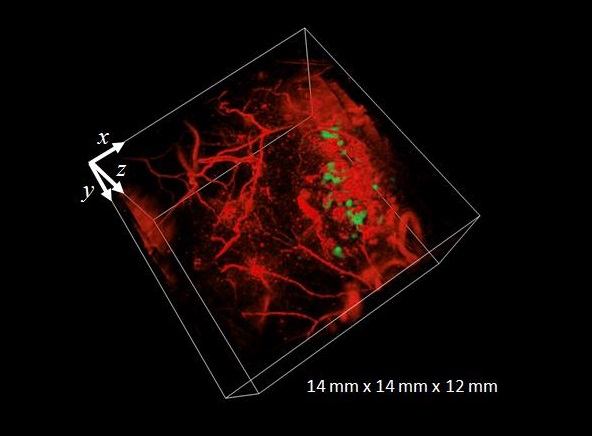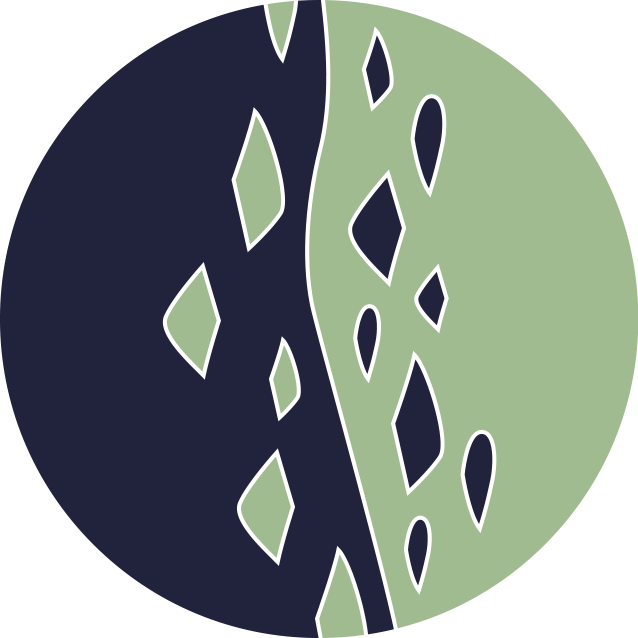Optical contrast agents
Contrast agents are typically needed to detect and visualise otherwise transparent cells or tissues in the living body using optical imaging methods. To maximise the potential of emerging technologies, such as photoacoustic imaging, new types of labels are needed for applications in biology, the life sciences, and medicine. By combining polymers with chromophores to form nanoparticles, it is possible to tailor their photophysical properties to the demands of the imaging technology and to create new classes of biosensors.


Prof. Dr. Jan Laufer
Publications
J. F. Thümmler; R. Maragani, F.-J. Schmitt, G. Tang, S. Rahmanlou, J. Laufer, H. Lucas, K. Mäder, W. H. Binder. Thermoresponsive Swelling of Photoacoustic Single-Chain Nanoparticles. Chemical Communications 2023, 59, 11373-11376, https://doi.org/10.1039/D3CC03851C
J. F. Thümmler; A. H. Roos; J. Krüger; D. Hinderberger; F.-J. Schmitt; G. Tang; F. G. Golmohamadi; J. Laufer; W. H. Binder. Tuning the Internal Compartmentation of Single-Chain Nanoparticles as Fluorescent Contrast Agents. Macromolecular Rapid Communications 2022, 44, 2, 2370007, https://doi.org/10.1002/marc.202370007
J. Märk; F.-J. Schmitt; C. Theiss; H. Dortay; T. Friedrich; J. Laufer. Photoacoustic imaging of fluorophores using pump-probe excitation. Biomedical Optics Express 2015, 6, 7, 2522-2535, https://doi.org/10.1364/BOE.6.002522
